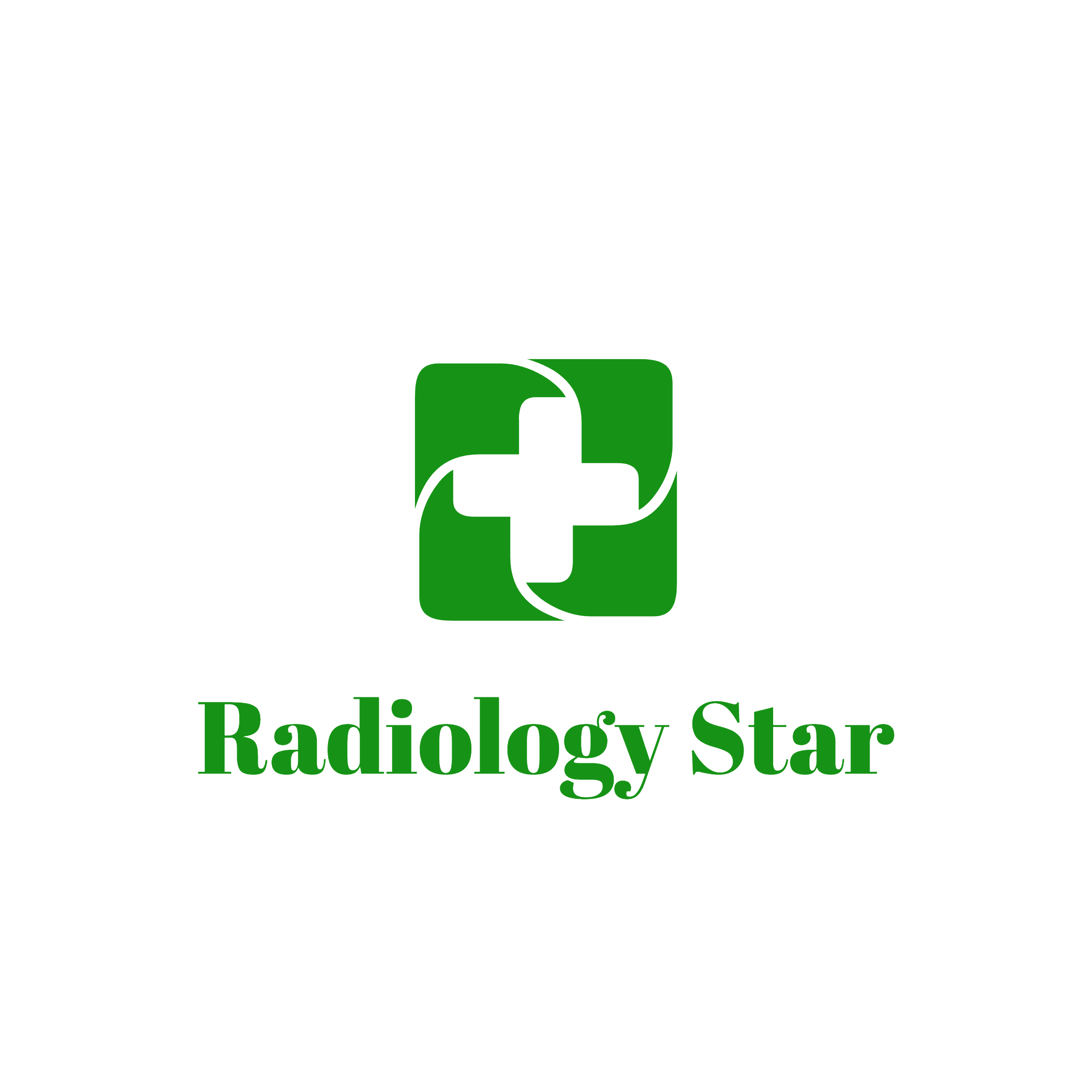What Is Pass Box In Darkroom ?
Pass Box In Radiology is a device that is used to safely transfer film, photographic paper, or other light-sensitive materials between light-tight areas. The pass box is typically a light-tight chamber with two doors, one on each side. One door opens into the light-tight area where the materials are stored, and the other door opens into the processing area where the materials are developed or printed.
The pass box is designed to prevent light from entering the light-tight storage area and exposing the light-sensitive materials. This is important because even a brief exposure to light can ruin a photograph or film.
To use a pass box, the operator places the materials in the light-tight storage area and closes the door. They then open the door on the processing side and remove the materials. The pass box allows the materials to be transferred between the two areas without being exposed to light.
Pass boxes are commonly used in professional and amateur darkrooms for developing and printing black and white photographs. They may also be used in other settings where light-sensitive materials need to be transferred between light-tight areas, such as in the production of electronic components or in scientific research.
What Are Some Common Materials Used To Make Pass Boxes In Radiology?
Pass boxes are typically made from materials that are resistant to radiation, chemicals, and other hazardous substances. Some common materials used to make pass boxes include:-
A) Stainless steel:- Stainless steel is a durable and easy-to-clean material that is resistant to corrosion, making it ideal for use in pass boxes.
B) Acrylic:- Acrylic is a transparent plastic that is lightweight and shatter-resistant. It is often used to make the windows or viewing ports on pass boxes.
C) Glass:- Glass is a traditional material used for viewing ports on pass boxes. It is durable and scratch-resistant, but it can be more expensive than acrylic.
D) Polypropylene:- Polypropylene is a plastic that is resistant to many chemicals, making it a good choice for pass boxes used with hazardous materials.
E) Aluminum:- Aluminum is a lightweight and corrosion-resistant metal that is sometimes used to make pass boxes.
Advantage Of Pass Box In Dark Room.
Pass boxes in darkrooms offer several advantages, including:-
A) Minimizing light contamination:- Pass boxes provide a way to transfer light-sensitive materials between the light-tight storage area and the processing area without exposing them to any light. This reduces the risk of the materials being contaminated by stray light, which can cause undesired exposure and lead to ruined photographs or films.
B) Improved efficiency:- Pass boxes allow for more efficient workflow by eliminating the need to open and close the darkroom door each time materials need to be moved between the storage and processing areas. This can save time and reduce the risk of mistakes or accidents.
C) Increased safety:- Pass boxes provide a barrier between the operator and the potentially hazardous chemicals used in the processing area. They also prevent the materials from coming into contact with the operator or other surfaces, reducing the risk of contamination or spills.
D) Contamination control:- Pass boxes provide a physical barrier that helps to control the spread of contamination between the storage and processing areas. They also help to prevent cross-contamination between different batches of materials.
E) Versatility:- Pass boxes can be used to transfer a variety of light-sensitive materials, including film, photographic paper, and other materials used in darkroom processing. They can also be customized to meet the specific needs of the application.
Disadvantage Of Pass Box In Darkroom.
While pass boxes offer several advantages in darkrooms, there are also some potential disadvantages, including:-
A) Cost:- Pass boxes can be expensive to purchase and install, especially if they need to be customized for a specific application. This cost may be a barrier for smaller or less well-funded darkrooms.
B) Space requirements:- Pass boxes require additional space in the darkroom, which can be a limitation for smaller or already crowded darkrooms.
C) Maintenance:- Pass boxes require regular cleaning and maintenance to ensure that they remain light-tight and free from contamination. Failure to properly maintain the pass box can lead to contamination or light leaks, which can compromise the integrity of the materials being processed.
D) Limitations on material size:- Pass boxes are typically designed for smaller materials, such as film or photographic paper. Processing larger materials, such as oversized prints or negatives, may require a larger pass box or a different approach altogether.
E) Skill required:- The use of a pass box requires some level of skill and training to ensure that the materials are handled properly and that the pass box is used correctly. Inexperienced operators may accidentally expose the materials to light or cross-contaminate different batches of materials.

